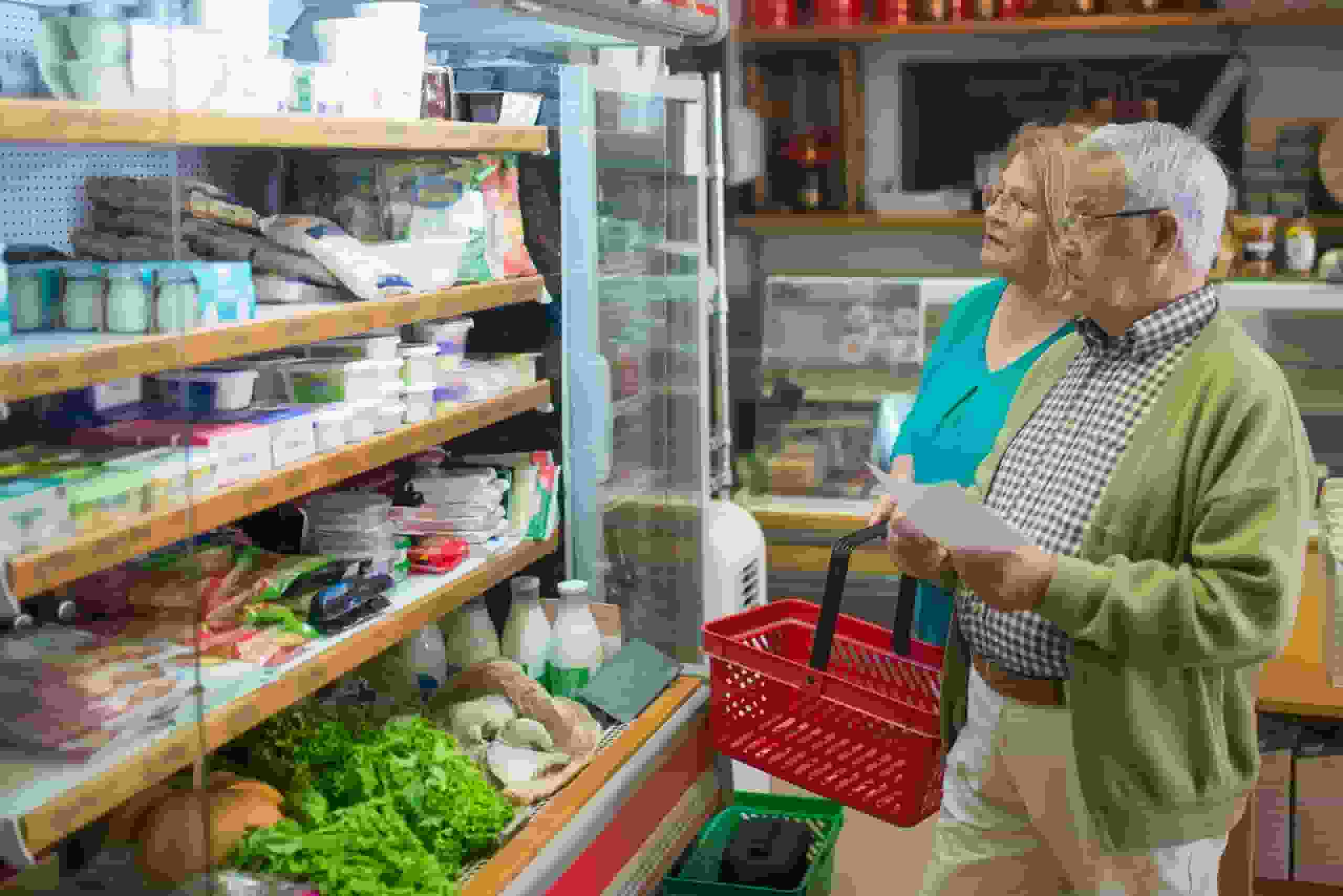
The benefit amounts for many SNAP households will change soon. That’s because emergency allotments (EA), the short-term pandemic-related boost to SNAP payments, are coming to an end.
Congress approved a bill permitting FNS to give emergency allotments to all SNAP households in March 2020 to aid them in surviving the COVID-19 pandemic’s initial struggles.
Increase In SNAP Benefits To Expire In February
Another law that Congress passed at the end of December 2022 will put an end to EA nationwide following its release in February 2023.
The temporary increase in benefits will terminate after February in all other states and territories, and benefits will resume at their regular levels in March.
Although the termination of EAs and return to regular SNAP benefit amounts will be a significant change for many households, the 2021 Thrifty Food Plan re-evaluation and annual SNAP cost-of-living adjustments (COLA) assist ensure SNAP benefits cover a nutritious diet representative of today’s food expenditures.
Working closely with all of our federal, state, and local partners to make sure that SNAP participants are informed of the impending changes so they are not taken by surprise. Make sure that all program participants’ contact information is current so that the local SNAP office may advise them of any impending changes.
Read more: Social Security benefits would be increased by at least $200 monthly
Anti-Hunger Initiatives

Rep. Jim McGovern, a Democrat, claimed that without the emergency allotments, the US is moving away from its goal of eradicating hunger by 2030. The legislator has advocated for enhanced SNAP payments and encouraged anti-hunger initiatives.
In an environment where low-income children often struggle to consume a healthy diet, anti-hunger campaigners applauded the establishment of a permanent program that would provide qualifying families with $40 per child per month for groceries.
Other food aid programs exist as well, and if a family qualifies, they could be advantageous to many others. These initiatives include the Food Distribution Program on Indian Reservations, which distributes U.S. Department of Agriculture foods to households on Indian reservations who qualify based on their income.
The program saw an average of 83,800 participants every month throughout the 2019 fiscal year. You must reside on participating reservations or be an income-qualified Indian Tribal Household living nearby authorized locations in order to be eligible.
The Commodity Supplemental Food Program can be for you if you are ineligible for the food program on Indian reservations. Through nutritious meals, the initiative seeks to promote the health of older low-income individuals.
The Agricultural Act of 2014 prohibits women, children, and those with babies from applying for the CSFP on or after February 7, 2014. Those who have been taking part since February 6, 2014, however, will continue to get help until they lose their eligibility.
Fruits, vegetables, protein foods, and legumes all canned or preserved are provided as food under this program. The Emergency Food Assistance Program is still another option. It offers elderly and low-income Americans free emergency food assistance.
TEFAP provides support to public or private nonprofit groups that give low-income Americans, households who satisfy their state’s qualifying requirements, and receivers of prepared meals nutrition aid.
Read more: February SSDI payments: What you need to know before receiving your money?

